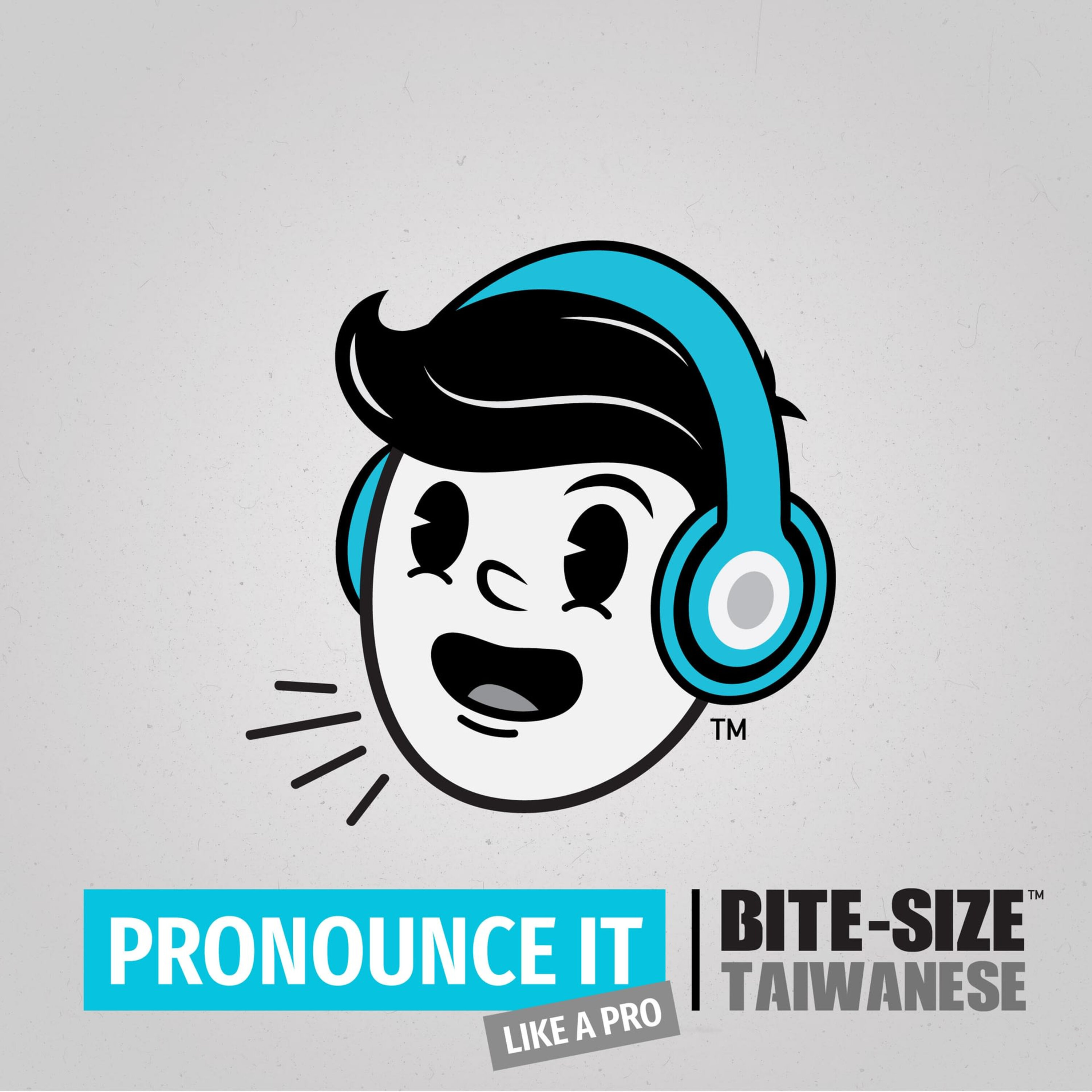Ep05: The Neutral Tone
Description
In this episode, we’ve talked about the “neutral tones” in Taiwanese.
(These show notes use tables and rich formatting. Please visit the episode webpage for an optimal viewing experience.)
When we say “neutral tone”, it’s when words lose their original tones and become “shorter and lighter”, or “neutralized”. In Taiwanese, the neutral tone is called “khin-siann 輕聲”, which can be translated as a “light tone”.
In English, a rough analogy might be like how we “de-stress” certain syllables, and the vowels of those syllables often become a soft, light “schwa” sound (or /ə/ in IPA).
In the Tâi-lô (台羅) Romanization system, a word in the neutral tone is usually marked by placing two dashes before it. When using a number system, it is often referred to as “Tone 0”.
HOW DOES A “NEUTRAL TONE” ACTUALLY SOUND?
This “tone neutralization” often occurs to those little words attached to the end of a sentence, and they don’t create tone changes for the preceding syllable. In terms of phonology, there are two types of neutral tone.
“Fixed”: The pitch contour is always a short, mid-to-low pitch, or a mid falling tone, which is similar to a standard 3rd Tone.
“Dependent”: This “short and light” tone depends on what the tone is of the preceding syllable. In particular, when the preceding syllable is a 1st, 7th or 5th Tone, its tonal contour extends into the neutral tone word.
Preceding Word
-- Neutral Tone Word
Example
Tone 1 (high flat)
-- high Tone 0
“oo1--ê0-1” the black one
“khui1--ah0-1” it’s open now
Tone 7 (mid flat)
-- mid Tone 0
“tuā7--ê0-7” the big one
“tīnn7--ah0-7” it’s full now
Tone 5 (low rising)
-- mid Tone 0
“âng5--ê0-7” the red one
“lâi5--ah0-7” he’s arrived
*Note that syllables that have been greyed out require a tone change
With this group, you stay at whatever pitch the preceding syllable ends on and extend it through the neutralized syllable.
However, when the preceding word is a falling or stop tone, i.e. 2nd (high falling), 3rd (mid falling), 4th (mid stop), or 8th (high stop) Tone, the neutral tone stays as the default short, mid falling (or low) tone.
Also note that some dialects don’t really have this strong “dependent” quality and tend to use the same short mid falling tone just like the “fixed” neutral tone.
THE FUNCTIONS OF NEUTRAL TONE AND WHERE TO FIND THEM
1. “De-emphasize” the word and shift the focus
Neutral tone words are more naturally found at the end of clauses or sentences. Those are usually verb complements, grammatical particles, exclamatory particles, question tags, and pronouns.
The purpose of using neutral tone on these words is to de-emphasize them so that you shift the focus elsewhere, giving more emphasis on the preceding words.
For example:
“lim nn̄g pue” drink 2 glasses (the quantity of 2 glasses of some liquid)
“lim--nng-pue” just drink 2 or 3 glasses (a few, a glass or two)
2. Differentiate word pairs
Sometimes you do see the neutral tone appearing mid-clause. This tends to be more like set expressions or nouns with a special suffix.
Since some neutral tones serve grammatical functions, and a few others are lexicalized as part of the word, they can help differentiate some word pairs.
For example:
“āu-ji̍t” (set expression) some day in the future, a later day
“āu--ji̍t” (set expression) the day after tomorrow
“tsò-lâng” (set expression) to conduct oneself, to behave, to be a decent person
“tsò--lâng” (set expression) (a female) to be married/betrothed to someone
“bô khì” (free combination) didn’t go
“bô--khì” (set expression) disappear; passed away
“kuè-khì” (set expression) the past
“kuè--khì” (free combination) to pass by; to cross over, to go over
“kiann sí” (free combination) afraid of dying, fea
More Episodes
In this episode, we’ve talked about Taiwanese dialects, regional differences, and a bit on Taiwan’s early immigrants and development.
(These show notes use tables and rich formatting. Please visit the episode webpage for an optimal viewing experience.)
Since there are several dialects and accents...
Published 03/13/20
Published 03/13/20
In this episode, we’ve talked about Taiwanese dialects, regional differences, and a bit on Taiwan’s early immigrants and development.
Please visit the episode webpage for a detailed outline of the episode!
Published 03/13/20


